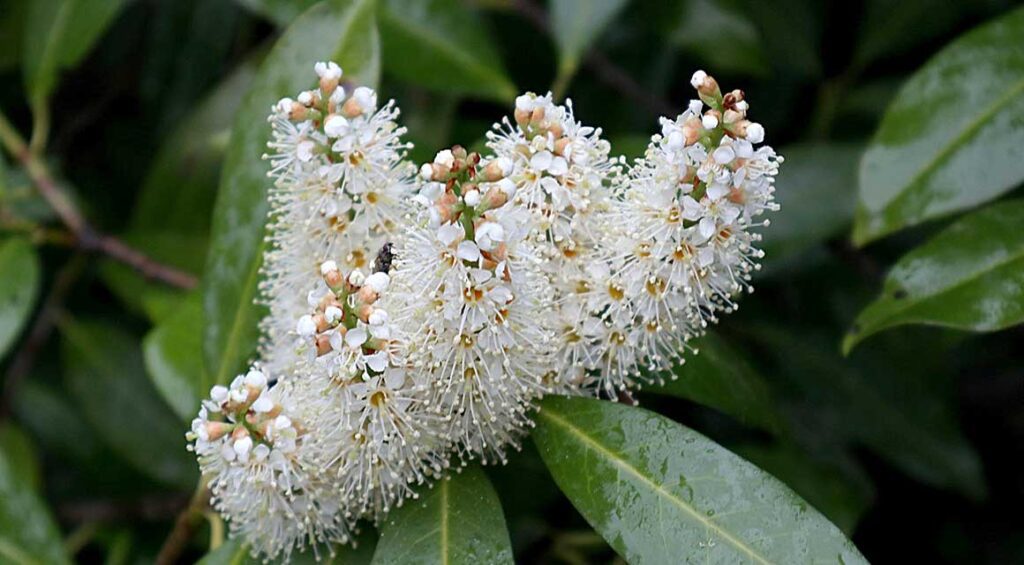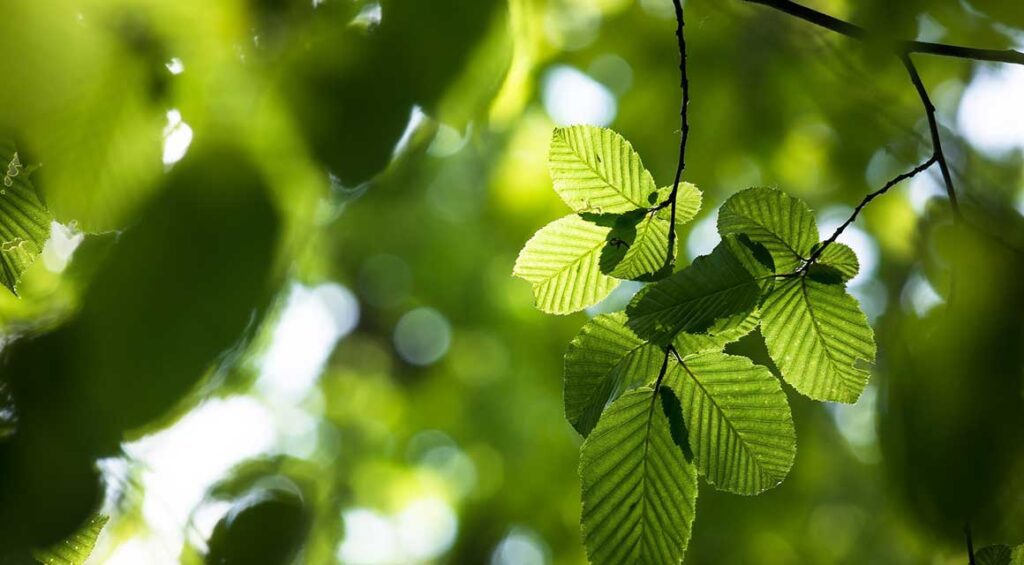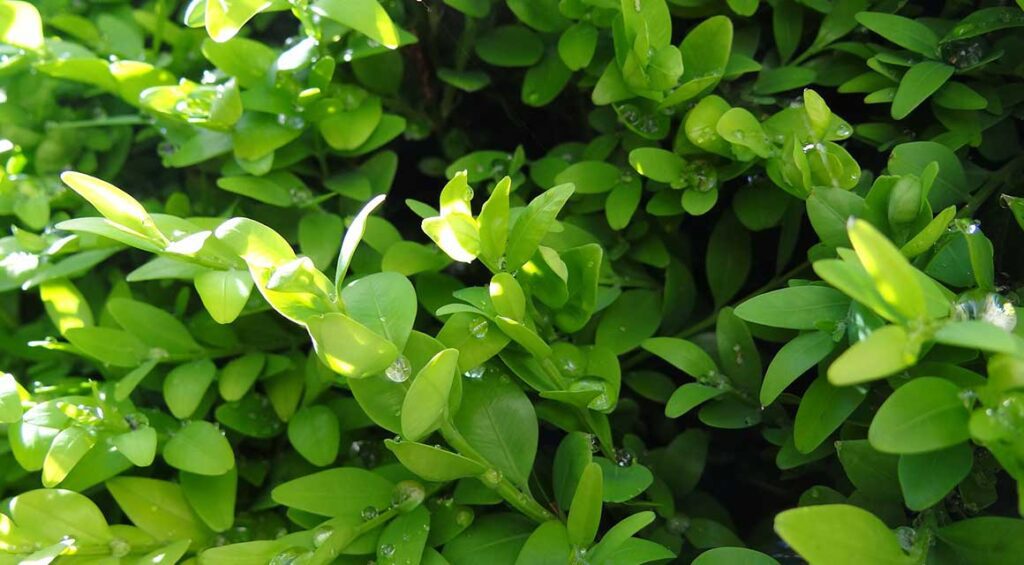On our site there are many tips on how to care for a garden. For example, we often mention that annual pruning is important for most plants and which plants need more or less water, sunlight or attention. But what to do if the hedge has gone wild? You can read about that here.

Rigorous rejuvenation pruning
It could be that you’ve just moved into a house with a garden and the previous owners didn’t pay much attention to the garden, or that you’ve only recently become interested in gardening and now notice that the plants don’t look as well cared for. You can, of course, hire a nursery or simply redo the entire garden, but often a lot can be accomplished with heavy pruning. Plants that are heavily pruned back look healthier and have a nicer shape as well.
Most hedge plants can tolerate pruning quite well. However, it is important to pay attention to when you start pruning. Especially if you need to do a lot of pruning, it’s best to do it on a cloudy or even rainy day. Light rain softens the hedge plant’s branches, which not only makes pruning easier, but also ensures that the plant recovers better. In no case is it a good idea to prune in full sun, as the new leaves still need to get used to the light.
Pruning is best done in the spring, between March and mid-July. However, if the plant needs to be cut back very severely, it is better to do it in the winter. This is especially true for deciduous plants, as they are dormant during the winter and therefore less likely to be damaged by pruning. Before you start pruning, you should always find out exactly what type of plant you are dealing with and what you need to consider when pruning. Some plants do not tolerate pruning just like that.

Old wood
One of the most important things to look for before pruning is to find out if your hedge plants are regrowing on old wood. This is the case with most plants. Deciduous hedge plants, such as hornbeam and beech hedges, and most evergreen hedge plants, such as cherry laurel, will resprout and become full more easily after a good pruning. Of the popular hedge plants, conifers in particular can cause problems if they have been neglected too much. Many conifers do not grow from old wood.
This means that a conifer hedge that is cut back too far will likely retain a bare patch unless you can weave the other branches over it to hide the spot. Do you have a conifer hedge that has grown too large? If so, it’s probably best to remove it from your yard and plant a new hedge. It’s a shame about the beautiful trees that have probably been in place for years, but if you try to cut the hedge narrower, there is a risk that the hedge will no longer be green or opaque.
This is not true for all species of conifers. Most scraggly conifer species like the thuja, Leyland cypress and mock cypress are very sensitive to pruning, but if you have an overgrown yew hedge in your yard, you’re in luck. Common yews are not only a popular hedge plant, but they are also very easy to prune. The common yew (Taxus baccata) and Taxus ‘Hicksii’ as well as Taxus ‘Hillii’ grow well from old wood and can therefore be pruned back to a neat shape even at an advanced age.

How can I promote growth and flowering?
It can also sometimes happen that the plants are not necessarily large, but mainly thin, have few flowers or hardly bear fruit, depending on what kind of hedge plant you bought. There are several possible reasons for this. The first thing to check is whether the plant is in the right place in the garden. It may well be that a hedge or specimen plant is not getting enough sunlight in its location, or that the soil is too wet or does not have the right acidity. This problem can be solved by amending the soil or, in extreme cases, by transplanting the plant.
If the hedge does not have enough fullness to become visually opaque, then pruning is very important. When a hedge plant is pruned, more branches often grow the following year, increasing the opacity of the hedge plant. Therefore, especially formal hedges such as the hornbeam hedge, beech hedge and box hedge should be pruned in the first year so that the hedge grows densely branched. It’s never too late to start, so trim back any hedges that are not yet opaque.
If you have a flowering hedge, it’s also important to trim it properly in the spring. Especially with plants like the Butterfly Bush, Deutzia, Filled Garden Jasmine and Dogwood, it’s good to cut back the older branches in the spring so that the young branches where the flowers will grow have plenty of room. Then your hedge will bloom beautifully again.

